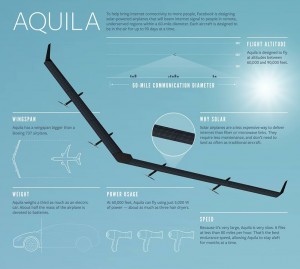Have you ever come across an ArcGIS Jumpstart? Sounds quick, easy and cheap. Right?
Generally that’s the point. Some quick guidance and you are on your own. So let me ask this. Have you ever watched people with home made planes jumping off piers? Watch below:
No parachute but a nice soft landing! To my mind this is an ArcGIS Jumpstart. Why?
ArcGIS Online has made GIS more affordable that is true. Has it made GIS simpler. Certain tasks yes. Using our GIS Solutions Pyramid, the lower 2 tiers: basic map publishing and build a map have been simplified.

Simpler yes. Easy. No.
Thinking spatially and applying geospatial technologies like ArcGIS takes training and expertise. Rather like flying.
Helen and I agree. Clients looking to use ArcGIS need a runway built. Data preparation, data management, flexible applications : a path from problem to solution. Your ‘where’ questions are likely many and varied. ArcGIS is the perfect technology to answer all these questions. Definitely look for help when you step into the technology. But make sure that help is focused on a runway and not a short, wet landing!
Reviewing 2016 through the lens of GIS, there has definitely been a lot of growth in certain areas. While we have had the cloud on our list of important technologies for a few years now, it is gaining more traction as more organizations take advantage of its fluidity, ability to house big data and allow teams to work together, and also roll out product releases with more ease.
This week we will release a new version of TerraGo Edge, featuring the brand new ArcGIS® Direct Connect feature, which lets users connect to ArcGIS Online® and ArcGIS Server® to get direct access to feature layers – so mobile users access them out in the field (like all TerraGo solutions – they can keep working even offline), update features and add new ones and whenever a connection is available, it all gets automatically synchronized with ArcGIS.
For our TerraGo Edge customers, it’s a great new option and adds to the growing list of out-of-the-box ArcGIS integration features including file-based updates, Web Feature Service, REST API and more.
For the growing roster of TerraGo Magic customers, this new feature (like every new feature we build into TerraGo Edge in rapid, agile releases) is available for all their custom apps. That’s the power of the TerraGo Magic framework. In fact, we use the same TerraGo Magic component framework, to publish TerraGo Edge. For customers that want their own branded, customized apps, they can build and manage apps that take advantage of every single new feature we develop for our TerraGo Edge customers.
TerraGo Magic is one-of-a-kind solution that enables our partners and customers to build custom apps (much more than simple map-based apps but an enterprise-ready, cloud-enabled solution with server-side features). And they can build them all with zero code…and zero development operations (support resources, maintenance costs) for the full lifecycle with a fully-maintained platform as a service. Every customer-driven and industry-demanded feature that we develop for Edge is available with Magic. For Magic customers, that’s the gift that keeps on giving.
Spoiler alert: Another new ArcGIS feature will also be available in January 2017 as an ArcGIS plug-in for ArcGIS Desktop®, and ArcGIS Server as a python interface, which will allow users to directly connect to TerraGo Edge (or should I say TerraGo Magic-enabled servers?) from the ArcGIS environment of their choice.
As 2016 nears its end, this is a good time to reflect. The rapid evolution of the geospatial industry has continued this year. The technology is advancing at a breathtaking pace. Platforms and SaaS have become part of the vernacular. New terms have emerged like Web GIS. Rapid change is upon us.
The geospatial industry has traditionally served the public and infrastructure sectors respectively. So local and state government, oil and gas, utilities etc. Organizations which manage assets: pipelines, water valves, roads, oil wells, parks etc. These assets have a location. The where questions, in relation to their management and upkeep, are obvious. These organizations have GIS departments; people trained to think spatially and use geospatial tools to answer where questions. In 2016 it became apparent that there is a growing awareness within the wider world, organizations new to geospatial, that there has been a focus on the Who, What, Why, and When but the Where has remained largely unanswered. These organizations are showing increasing interest in geospatial technology.
So, given this context, what high level (big picture) trends did we see in 2016?






